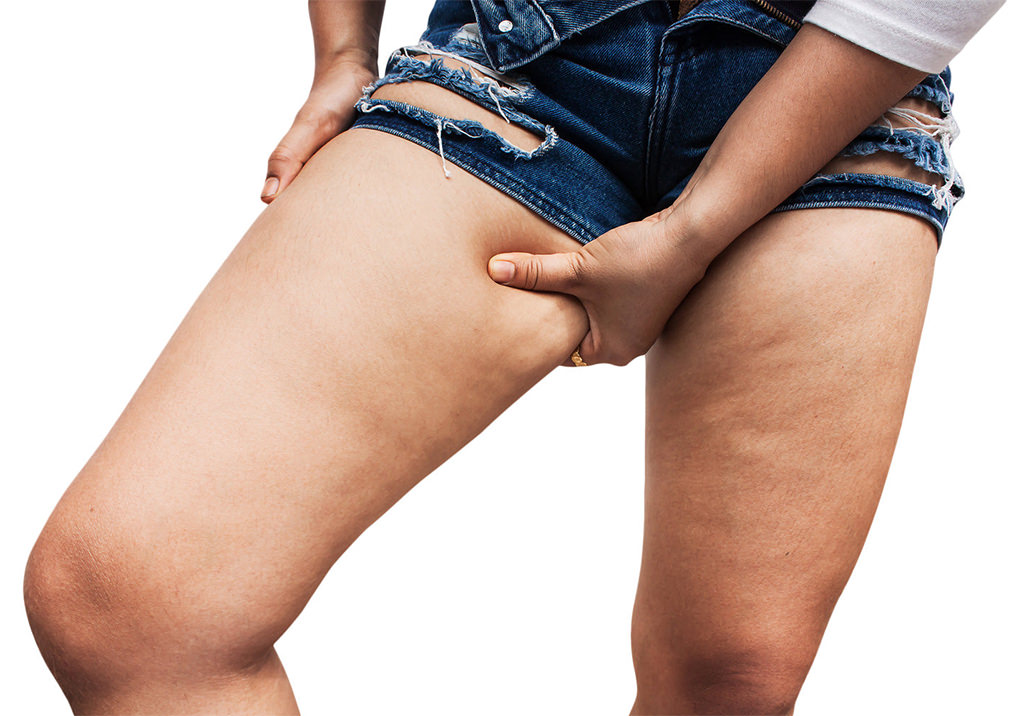In certain circumstances, liposuction alone is insufficient to address the excess fat and skin accumulated around the thigh region. A thigh lift procedure removes excess skin and fat and lifts the upper thigh area to restore a slimmer more defined thigh contour.
Whether you’re looking to get rid of excess skin due to significant weight loss or simply desire a more shapely toned appearance, a thigh lift can make a huge difference in how you look and feel.

 PLASTIC
PLASTIC


